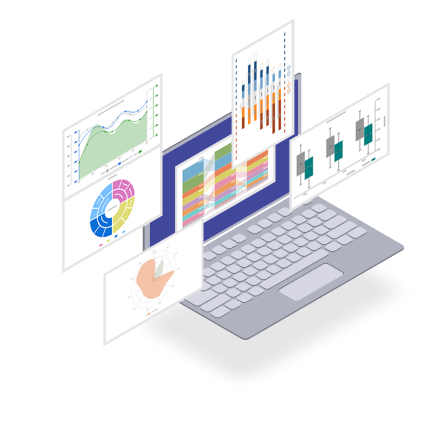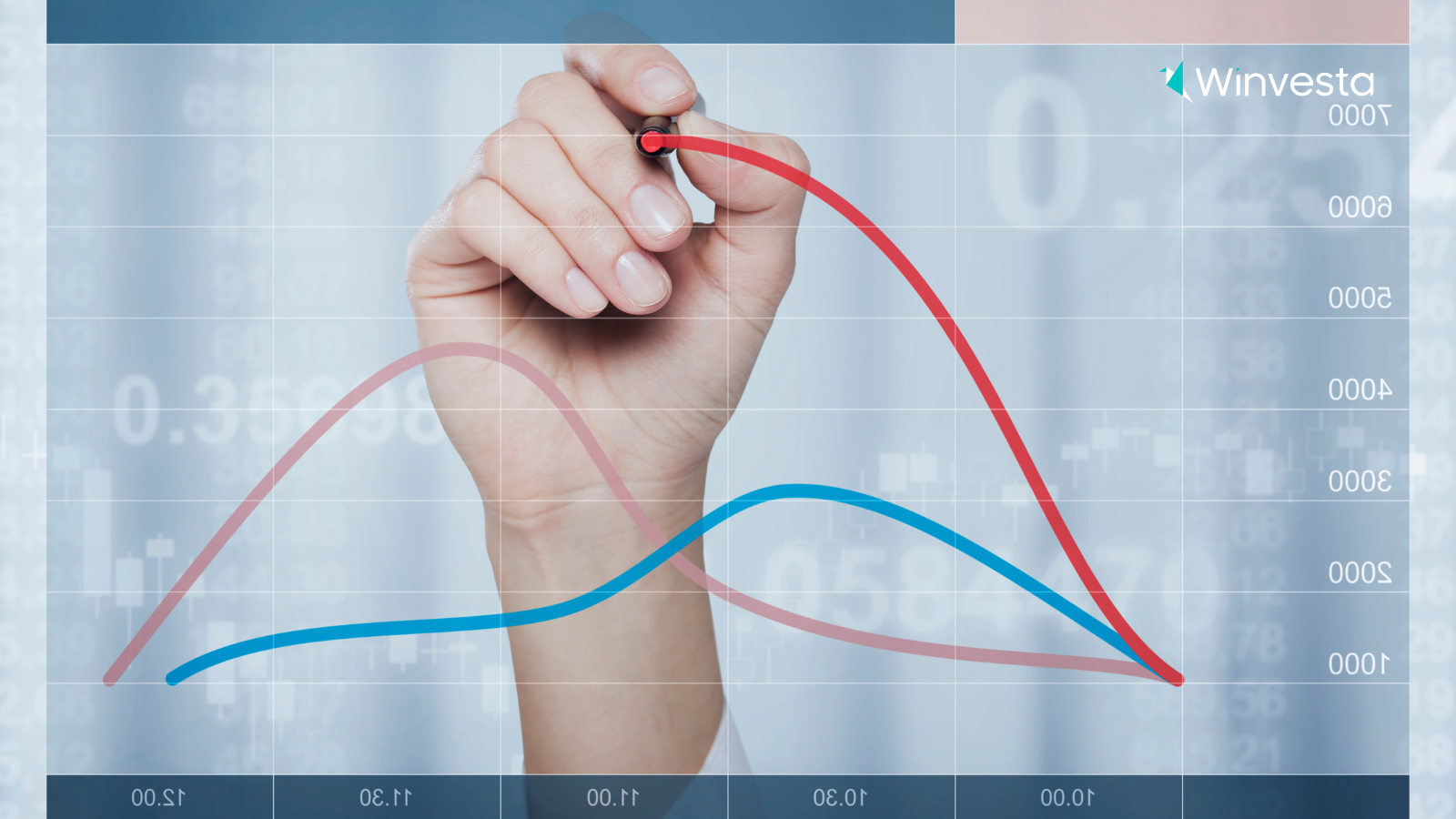Contents
Wall street stumbles: Tariffs, jobs data and a wary mood
2 minutes read
04 August 2025

It felt like a brisk early August morning in New York. Traders poured their coffee, checked their screens, and tried to shake off Friday’s jolt—a sharp drop across all three major US indices. The sense of unease was unmistakable. Even as S&P 500 futures ticked a little higher before Monday’s open, uncertainty hovered over Wall Street like an uninvited guest.
Tariffs bite, confidence wobbles
The new week dawned with fresh anxiety. President Trump’s sweeping tariffs—ranging from 10% up to 41% on nearly 70 trading partners—became the talk of the market floor. The S&P 500, Dow, and Nasdaq had just chalked up their worst weekly performances in months, and the wounds were still raw.
“There's going to be a cash squeeze for a lot of these firms,” warned Chris Bangert-Drowns, an analyst at the Washington Center for Equitable Growth. “Those seemingly small changes at factories with slim profit margins could lead to stagnation of wages, if not layoffs and closures of plants,” he added, underscoring the real risk to American industry.
The numbers did little to inspire confidence: the July jobs report missed forecasts by a wide margin—just 73,000 payrolls, well short of the expected 100,000. For many on Wall Street, it was a gut punch.
Sonal Desai, CIO at Franklin Templeton, described the week as a “perfect storm for volatility” and added, “Policy uncertainty and soft economic data can be a toxic mix when market valuations are already stretched.”
Tech stocks felt the heat most. One chipmaker index fell more than 6% in a single week, mirroring the broader nervousness about global supply chains and rising factory costs. The tariffs led to new projections of price hikes for consumers, with SBI Research warning that “the financial burden of these tariffs is projected to be substantial for US households, costing an average of $2,400 in the short term”.
Eyes on the Fed—and the next move
With figures this shaky, all attention turned to the Federal Reserve. The central bank held rates steady last week, but Chair Jerome Powell’s press conference left more questions than answers. While he acknowledged a moderating economy, he insisted, “We consider our current policy stance to be suitable for mitigating inflation risks.” Futures traders now see only a 40% chance of a rate cut in September.
Goldman Sachs's chief US economist, David Mericle, struck a note of cautious optimism: “Powell’s comments today suggest to us that a September cut is certainly still up for debate, but not that labour market softening over the next two months is necessarily required, and we continue to see multiple paths to a cut”.
For investors, the mood is somewhere between anticipation and caution. The summer rally has stalled. Trade turmoil has rattled nerves. Some, like Mark Haefele of UBS, see “multiple reasons to stay defensive” while the macro picture sorts itself out.
So, as Monday breaks, Wall Street steels itself for another week. The atmosphere is tense, but there’s a glimmer of hope that clarity—whether from central bank cues or surprising earnings—might emerge soon. Until then, the only certainty is more uncertainty.
Disclaimer: The views and recommendations made above are those of individual analysts or brokerage companies, and not of Winvesta. We advise investors to check with certified experts before making any investment decisions.

Ready to own a piece of the world’s biggest brands?
- Invest in 4,000+ US stocks & ETFs
- Fractional investing
- Zero account opening fees
- Secure and seamless
Start investing in just 2 minutes!

Build your global portfolio.
.png)
Invest in companies you love, like Apple and Tesla.

Track, manage, and grow your investments.



